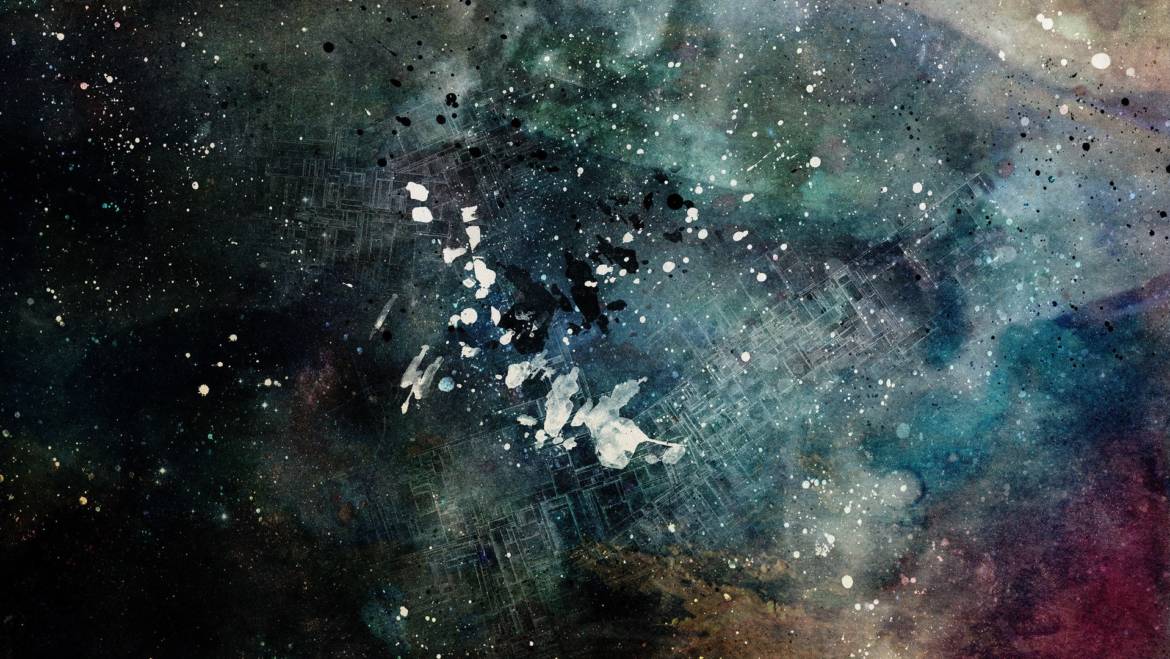The Cure for the Pain is in the Pain
The cure for pain is in the pain
– Rumi
Sometimes our own advice can be the most difficult of all to follow… I have worked with clients who yearn for deeper healing and to grow in their acceptance of self and of life’s difficulties. I will often suggest that we lean into the discomfort of their difficult emotions together.
The goal of this is relatively simple – that by making space for painful emotions we will build a new relationship with them and begin to integrate them into our being – rather than pushing them away only to have them reemerge when we least want.
I recently went through a difficult time and found myself struggling to take my own advice of leaning into the discomfort. My emotions were raw, painful, and crappy. I wanted to be anywhere but there. Distracting from my emotions became insanely appealing…
After engaging in a bout of distraction I mustered up the energy to reach out to a dear mentor of mine, seeking her wisdom and a reminder of why I should take my own advice.
The following summarizes our discussion:
![]()
The goal of making room for and sitting in our uncomfortable emotions:
When we hold and sit in our emotions it is not like sitting in a stagnant cup of water that does not change. We do not go back continually and sit in the same exact emotion, nor are we likely to experience these emotions the same next time.
It is like a river running out. A river that never fully empties, likely an element of sadness/hurt will always remain, but a river that runs out and diminishes nonetheless. Our envy, our anger, and our shame dissipate.
When we sit in our emotion and allow ourselves to remain in the difficult discomfort, we gain clarity. Our difficult emotions begin to crystallize, and we are able to identify and see them more clearly. This clarity allows us to interact with them differently. They no longer have to push and prod in an ignored way below the surface, unknowingly affecting us, we are able to see them and therefore grow to accept them.
As we continue to allow space for them, and sit in them, they dissipate. Our interaction with them changes over time. Just as a river flows, our grief and shame begin to flow out. It is not a stagnant process where we continually return to unbearable pain. Instead we create an expansive space for our emotions to heal us and grow us.
“You can’t heal what you don’t feel” – David Kessler
